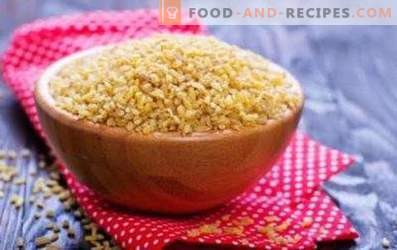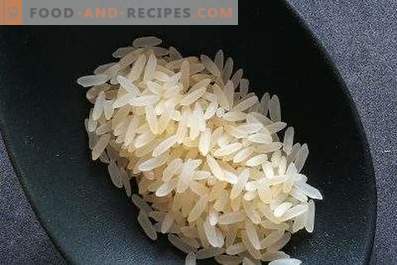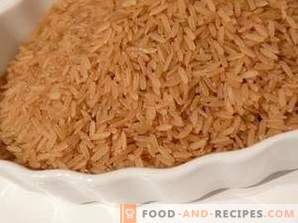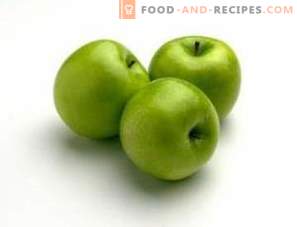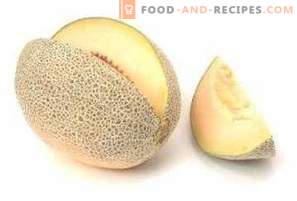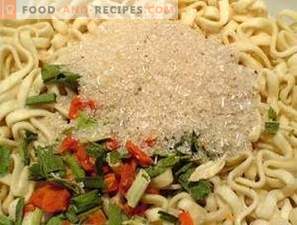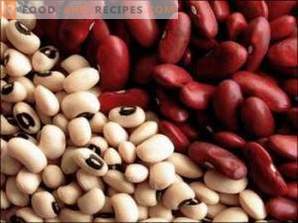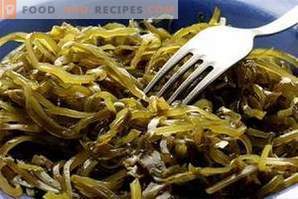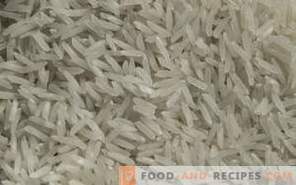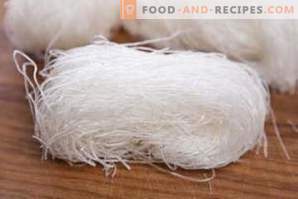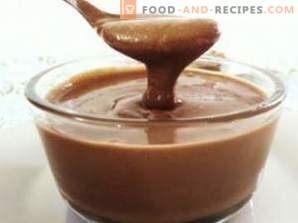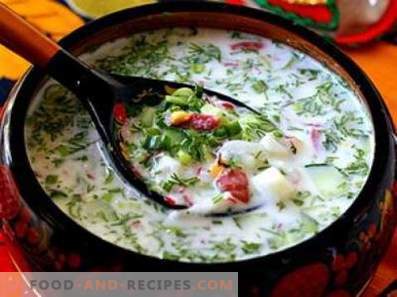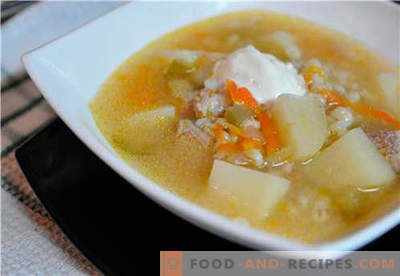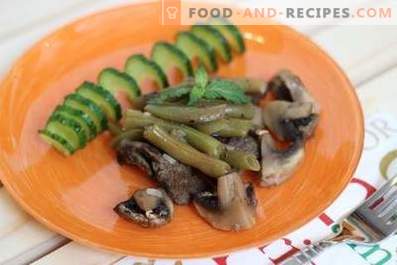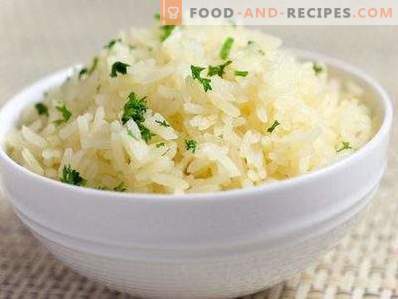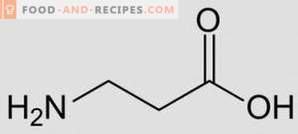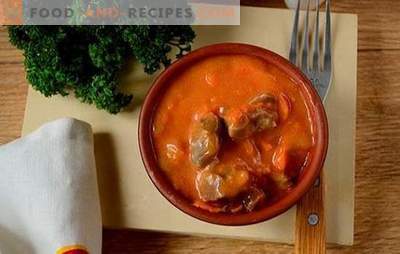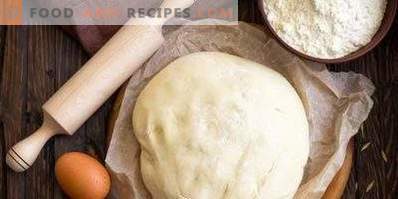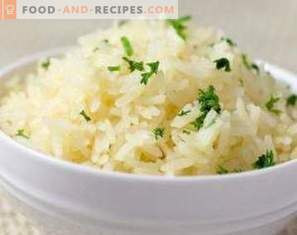
Rice is in the group of diet products, and this is not surprising. The fact is that 100 g of dry rice grains contain only 360 kilocalories. However, taking into account the fact that it is not eaten raw, and when boiled rice due to water increases in volume up to 3-4 times, the energy value of 100 grams of porridge is about 110-120 kilocalories.
It is for this reason that rice is part of many modern diets, as it not only contributes to weight loss, but also gives a feeling of satiety for quite a long time. In addition, it is difficult to overestimate the nutritional value of rice, which contains a lot of useful substances. First of all, we are talking about vitamins A, B, C, D, E and K, the amount of which is quite enough to ensure the normal functioning of all vital human organs, even if other than rice and water it does not eat others products. Secondly, this cereal is rich in fatty acids and vegetable proteins, among which the most valuable are laurin, caprin, stearin, olein and linolin. In general, if we are talking about fats, then there is not much of them in rice, only 4% of the total mass of the product. However, they are so balanced that with the rice diet, almost anyone can feel quite comfortable and not have serious problems with digestion. Proteins in this cereal contains much more, about 13%. They are represented by irreplaceable and replaceable acids, among which are serine, arginine, isoleucine, valine, tryptophan, methionine, histidine, leucine, threonine, lysine, phenylanin, glycine, alanine, proline, tyrosine, hydroxyproline and cystheny. In addition, rice contains aspartic and glutamic acids, which are powerful natural antioxidants and neurotransmitters, and are also responsible for the body's metabolism. However, the basis of rice is carbohydrates, which account for at least 72% in croup, and about 25% in porridge. First of all, we are talking about starch, which is rich in rice grains, as well as vegetable fibers, necessary for the normal functioning of the gastrointestinal tract. At the same time, about 2% of the total mass of the finished product is accounted for sucrose, maltose and galactose, which makes it possible for people suffering from not only obesity, but also diabetes, to eat rice without special fears.
When it comes to the nutritional value of this cereal, you should not overlook the fact that rice contains a huge amount of macro- and microelements, without which many processes in the human body slow down significantly, which can lead to the development of various diseases.. So, rice contains potassium, magnesium, silicon, boron, calcium, phosphorus, vanadium, sulfur, molybdenum, chlorine, sodium, nickel, chromium, selenium, zinc, copper, manganese, iodine, fluorine, cobalt and iron, which meet for the work of the cardiovascular system, secretion glands, liver, kidneys and gastrointestinal tract, contribute to the normalization of the blood, strengthen bones and regeneration of the skin.
